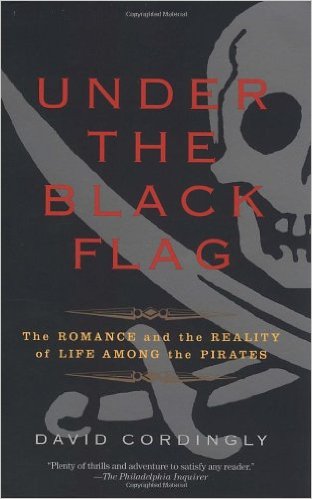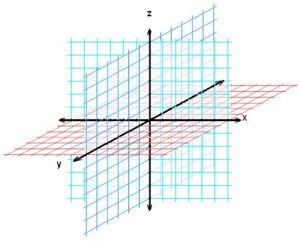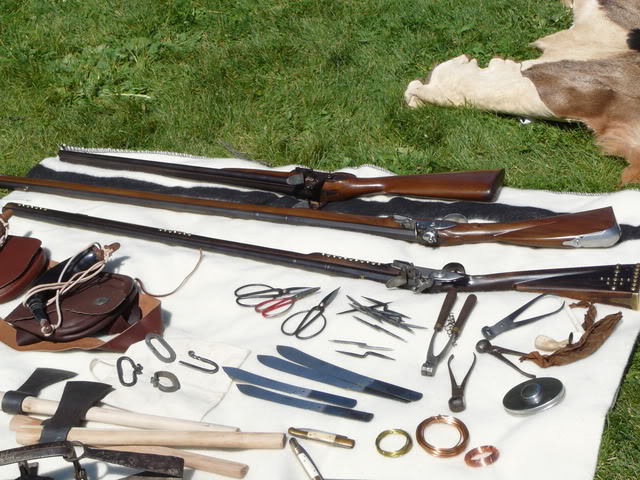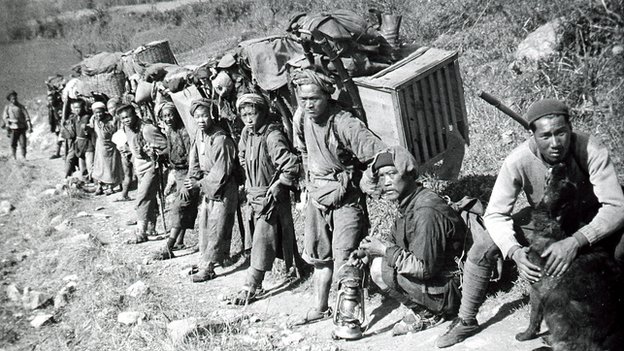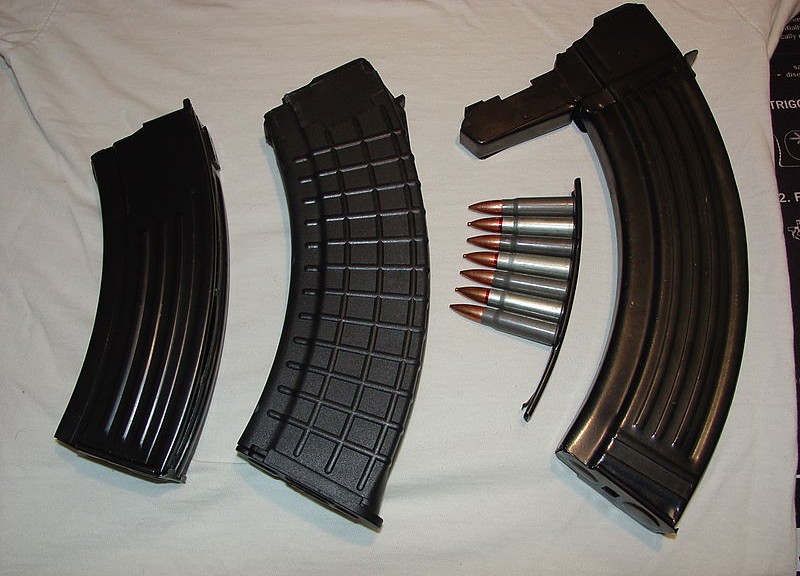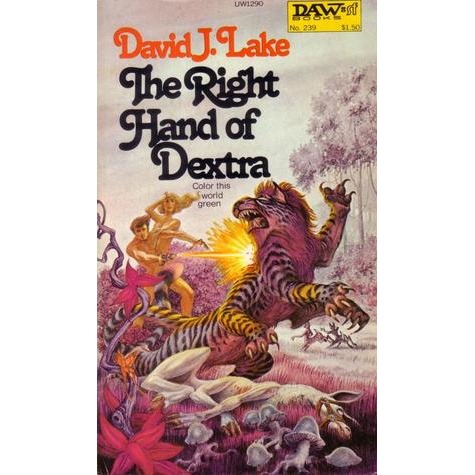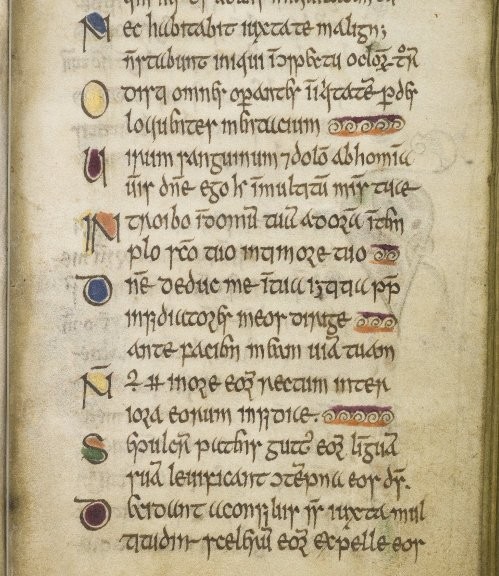Why do we get the ideas that we do? The other day, it came to me. I wondered, why don’t we have a collection of generic tables for the most common attributes of persons, places, and things? With the addition of adjectives and verbs, one can use simple tables to build up hints for ideas that are easy to flesh out.
For example:
COLOR (add sub-tables for variations on Red, Blue, and Yellow.)
- White
- Black
- Brown
- Red
- Blue
- Yellow
RAINBOW
- RED
- ORANGE
- YELLOW
- GREEN
- BLUE
- INDIGO
- VIOLET
SIZE
- Sub-atomic
- Atomic
- Microscopic
- Miniscule
- Tiny
- Small
- Little
- Medium/Mid-Sized
- Big
- Large
- Giant
- Huge
- Brobdignagian
- Planatary
- Galaxy-Wide
- Universal
- Infinite
DISTANCE
- Close
- Near
- Here
- Far
- Distant
MEASUREMENT
- Imperial
- Metic
- Other
- Miles
- Inches
- Light-years
- Parsecs
SHAPE
- Specific
- Square
- Circle
- Triangle
- Rectangle
- Rhomboid
- Pentagon
- Star
- General
- Roundish
- Ill-defined
- Non-specific
- Lump
- Pile
- Heap
For a very general noun generator, pick a letter of the alphabet and a noun that starts with that letter. Perhaps categories of nouns, like the biggies, person, place, and thing.
Pick a letter and come up with something that describes a person, place, and thing, adding in a verb (action) and perhaps a description (adjective). For example, ‘S’. Sailor, Sea, Ship. This makes it easy to come up with a simple idea: A sailor sailed his ship upon the sea. So the action is sailing. Easily one can think of pirates, maritime trade, whaling, naval battles of any era, or even space battles.
I think the key is not to limit oneself. You can just as easily use a different letter for each thing. Just go with what works. If you happen to get a rush of ideas, don’t wait, jot them down, and you can have a large collection of ideas ready to flesh out for play.
For a plot, pick a book in your personal library that has a word that starts with that letter, in this case, ‘S’ in the title. I looked quickly and only see one book on my shelves that has an ‘S’ word in the title, and it is actually a periodical, “Isaac Asimov’s Science Fiction Magazine”, April, 1980. It’s the only one I have. I liked some of the stories in that one, so I kept it. Perhaps I should read them again to get some ideas.
Another book jumped out because I mentioned he possibility of pirates, “Under the Black Flag: The Romance and the Reality of Life Among the Pirates [Aff link].” This is nonfiction, but that doesn’t matter. Truth is stranger than fiction. There are some pirates that are little known today that inspired old movies and before that adventure stories. As I recall, there are some good ideas here. I haven’t read it in a decade.
Instead of reading either of these in their entirety, get the page count. For example, “Under the Black Flag” has 244 pages before the Appendix with various tables and charts. To keep it simple, just do a d200 roll. That’s a d100 with a control die. Any die will do that has an even number of sides. For example, a d6. 1-3 is low, so add 0, and 4-6 is high, add 100.
A roll of 127 for page 127 gives us: The third page of chapter 7, Torture, Violence, and Marooning. Page 127 picks up mid-story about a leader of a mutiny that was captured, tortured, tried, and executed and his body hung in chains until the bones were picked clean.
I’m not a lawyer, so an adventure involving courtroom drama does not sound exciting to me. However, hiring the PC’s to go capture a mutinous crew and bring them and their ship back for justice sounds interesting.
Every story needs a complication, so an obvious one is a rival band going after the mutineers. Further complicated that the mutineers were justified in their mutiny and are actually freedom fighters out to overthrow the evil overlord.
If you want an original idea, try something like this. With an outline for a story like that, you can easily flesh out the band of mutineers, the other adventurers, perhaps loyal flunkies of the evil overlord who are also out to get the party. Throw in some random encounters, maybe roll on the ocean random encounter table to get a unique crew member, like a sahuagin sailor, or some large sea creature who pulls a ship.
Place the action in your world, and figure our how different ocean going peoples, nations, and real pirates figure into the mix.
Use the general/generic tables for colors, shapes, sizes, descriptions, etc. the AD&D Dungeon Master’s Guide has great tables for ambiance of dungeons and other ideas. Many other OSR rules have similar tables, like OSRIC, ACKS, Swords & Wizardry, plus many sites online.
Another option might be to pick an RPG blog at random from your blogroll, then go to that blog and look at its blogroll and pick one table at random from each of those blogs that has a collection of tables. Take the results of all these tables and see what you get.
I’m sure I have heard the inspiration for using a random page in a book in other places, but most recently, it was from +Adam Muszkiewicz at Dispatches from Kickassistan, with this article. Actually, he mentioned that during the sessions of DCC he ran at Marmalade Dog 20, back in January. He just recently wrote it up.
I like input and suggestions. Are there other general/generic tables that can be added to the mix? Other creative ways to take random elements to get an idea for an adventure? The main idea is not to require too much time to get a solid idea that you can have ready to play with minimal prep time.

